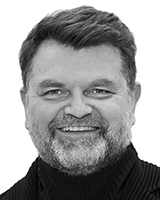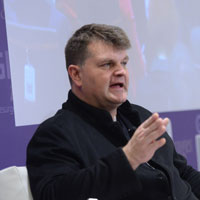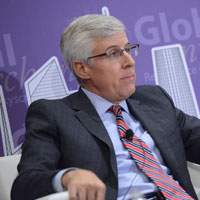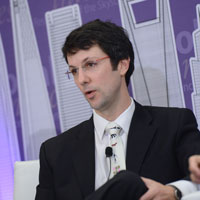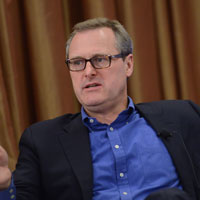Session 5e: New York 2050
Chair: Daniel Safarik, Council on Tall Buildings and Urban Habitat
Speakers
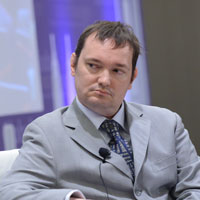
Daniel Safarik
Director, Research and Thought LeadershipCouncil on Tall Buildings and Urban Habitat
Session Summary
The world watches with growing alarm as the increasing amount of extreme environmental events brings into question the very survival of many urban centers. At the same time, the landscapes of our cities – culturally, socially, and economically – are changing rapidly. New York City, no stranger to extreme events itself, is at the forefront of many of these issues. The role that buildings can play in mitigating environmental pollutants is an expanding concept that will undoubtedly transform tomorrow’s skyscrapers through increased greenery and enhanced energy efficiency. How these new concepts and technologies will be integrated into tall buildings in a timely manner is an increasingly important question.
This panel discussion – made of prominent professionals from varied backgrounds – thus questioned what New York will be like in 35 years time, as a result of the challenges and opportunities of today, featuring panelists Kai-Uwe Bergmann, Partner, Bjarke Ingels Group; Russell Unger, Executive Director, Urban Green Council; Scott Frank, Partner, JBB; and Tom Wright, President, Regional Plan Association. The wide range of specializations on stage provided a very diverse and rich dialogue, with topics ranging from that of collective climate change responses to market shifts and social balance.
An animated discussion took place when Safarik asked the panelists to impart what they believe the New York skyline will look like in 2050 in terms of shape, programming, social equity, and some of the amorphous concepts taking shape in the built environment. Tom Wright said, “There’s going to be a growing consensus for figuring out financial feedbacks loops that make sure that the people benefiting or investing enormous amounts of money into apartments in the sky are also supporting the services that they are benefiting from.” Bergmann built on Wright’s thought, adding, “Equity, I think, is actually achieved through public space… and the question I would have and would place out to the investors and the developers in the creation of these living working towers is ‘How do these public spaces get funded?’”
Scott Frank then commented on the necessary future of the New York office market, stating "The future in 2050 could be very different, in that the industry and this sector is really ripe for a classic disruption that we've seen in so many sectors infused by technology and software. So i think it's very exciting, and there's a lot of questions to be asked in the years to come."
Finally, Russell Unger touched on the cities sustainability prospects, explaining that "In 2050 I don't imagine a Shangri-La scenario where everyone is walking down the street thinking about their carbon footprint, but we are probably going to see more storms in New York. Resiliency has really had staying power that's surprised me...we will get future hurricanes, we will see storm surges, and people have made the jump from that to climate change, so that's put climate change on the political agenda in New York in a way that is pleasantly surprising for those of us working on green building. So I think we'll see people still concerned about resiliency and that's going to put staying power for political tension in New York to climate change."



